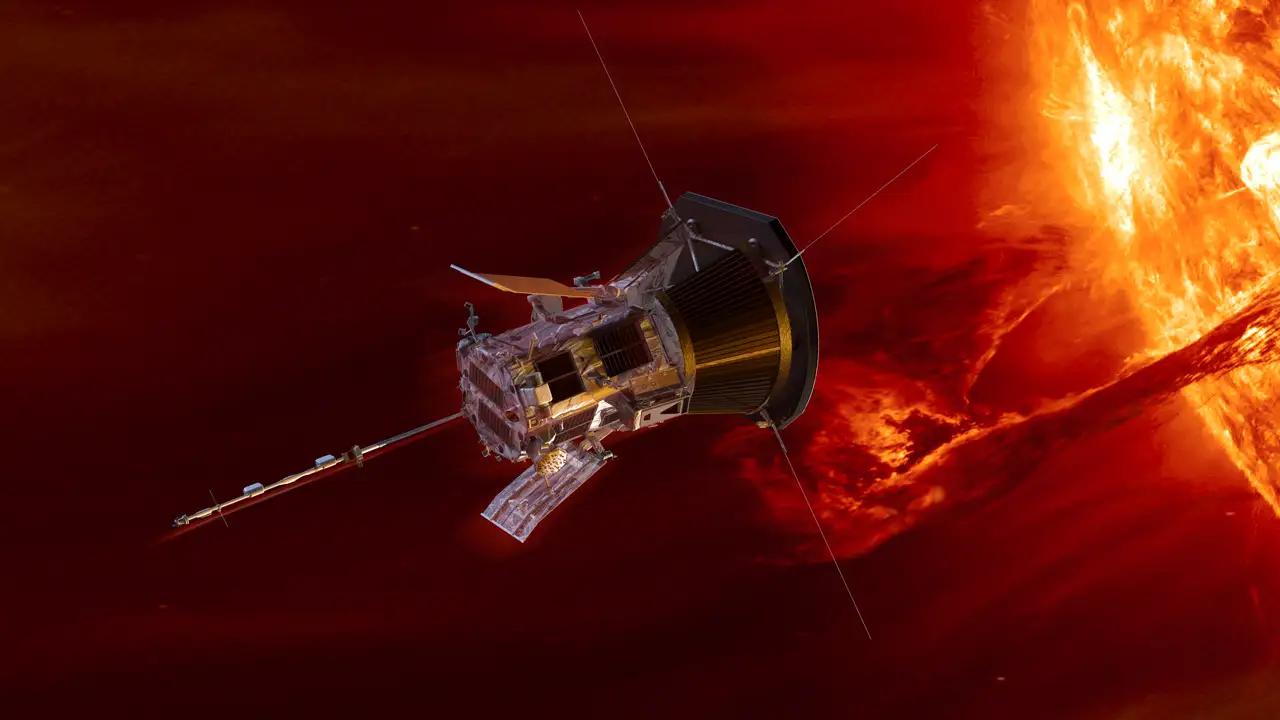NASA’s Parker Solar Probe has set a new record, venturing closer to the Sun than any spacecraft in history, unlocking unprecedented insights into our star’s mysteries.
Key Points at a Glance
- NASA’s Parker Solar Probe has completed the closest approach to the Sun ever achieved by a spacecraft.
- The probe has reached speeds exceeding 430,000 miles per hour, making it the fastest human-made object.
- It is gathering invaluable data on the Sun’s outer atmosphere, or corona, to better understand solar activity.
- The mission aims to improve predictions of space weather, which can impact Earth’s technology and power grids.
NASA’s Parker Solar Probe continues to break barriers, making history with its record-breaking approach to the Sun. This daring mission is not only a technological marvel but also a scientific breakthrough, providing humanity with an unprecedented look at the dynamics of our closest star.
The Parker Solar Probe recently achieved its closest flyby yet, venturing within a mere 4.5 million miles of the Sun’s surface. Traveling at staggering speeds exceeding 430,000 miles per hour, the spacecraft is now the fastest object ever created by humans. Its revolutionary heat shield allows it to withstand temperatures of nearly 2,500 degrees Fahrenheit, enabling it to study the Sun’s corona up close.
The Sun’s corona, its outermost atmosphere, holds the key to many solar mysteries. By analyzing particles and magnetic fields in this region, the Parker Solar Probe aims to answer long-standing questions, such as why the corona is significantly hotter than the Sun’s surface and how solar winds are accelerated.
These discoveries have practical implications beyond scientific curiosity. Solar activity, including flares and coronal mass ejections, generates space weather that can disrupt satellite communications, GPS systems, and power grids on Earth. By improving our understanding of the Sun’s behavior, the Parker Solar Probe is helping to enhance early warning systems for such events, protecting critical infrastructure.
The mission also highlights the ingenuity and ambition of modern space exploration. Launched in 2018, the Parker Solar Probe is expected to complete several more close encounters with the Sun before its mission concludes in 2025. Each pass brings us closer to unlocking the secrets of the star that sustains life on Earth.
NASA’s Parker Solar Probe represents a triumph of human innovation and curiosity, pushing the boundaries of what is possible and deepening our connection to the cosmos.
